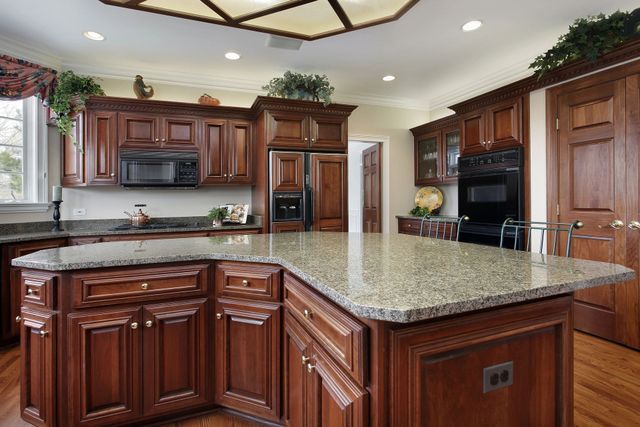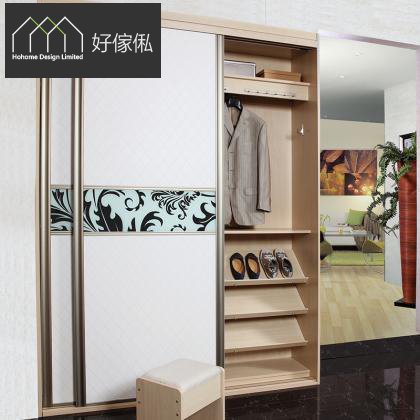All Categories
Featured
The right selection of materials can significantly affect your entrance's appearances, sturdiness, and performance. Right here's a guide to picking the ideal materials for your custom-made access entrance.
Wooden entrances exhibit heat and all-natural charm, making them a prominent selection for traditional and rustic layouts.
Pros:
Aesthetic Charm: Provides a classic, stylish look that complements a range of architectural styles.
Adjustable: Can be discolored, repainted, or carved to achieve an one-of-a-kind style.
Eco-Friendly: Lasting choices like redeemed wood reduce ecological impact.
Disadvantages:
Upkeep: Requires normal discoloring or sealing to protect against climate and insects.
Sturdiness: May warp, crack, or rot with time without correct care.
![]()
Steel entrances are commemorated for their sturdiness and capacity to suit elaborate layouts.
Pros:
Toughness: Resistant to tear and use, making it excellent for high-traffic locations.
![]()
Style Flexibility: Appropriate for both standard wrought iron designs and modern-day, sleek styles.
Reduced Upkeep: Needs very little maintenance with proper finishings to stop rust.
Disadvantages:
Cost: High-grade metals like functioned iron or stainless-steel can be costly.
Warm Retention: May come to be hot to the touch in direct sunshine.
Light weight aluminum is an economical alternative to larger steels, offering a modern appearance with reduced maintenance.
Pros:
Corrosion-Resistant: Perfect for locations with high humidity or coastal climates.
Lightweight: Easier to run and install contrasted to various other steels.
Affordable: Provides a smooth take a look at a reduced expense.
![]()
Cons:
Strength: Much less long lasting than larger steels like steel or iron.
Restricted Personalization: Not as versatile for elaborate styles.
Vinyl entrances are recognized for their cost and simplicity of upkeep, making them a practical selection for numerous homeowners.
Pros:
Reduced Maintenance: Immune to weather, pests, and UV rays.
Cost-efficient: Budget-friendly upfront and over time as a result of very little maintenance.
Selection: Available in a range of colors and designs.
Cons:
Sturdiness: Less durable than timber or steel and can split in severe temperatures.
Appearance: Does not have the all-natural look of wood or the sophistication of metal.
Composite gateways integrate wood fibers with plastic or material to develop a appealing and sturdy alternative.
Pros:
Sturdiness: Resistant to rot, bending, and insects.
Reduced Upkeep: Doesn't call for paint or discoloration.
Eco-Friendly: Often made from recycled products.
Disadvantages:
Expense: A lot more costly than traditional wood or vinyl.
Look: May lack the authenticity of natural wood.
Secret Considerations When Deciding On Products
Climate: Take into consideration how the material will execute in your local weather. For example, steel is suitable for longevity, while plastic functions well in humid settings.
Maintenance: Select a material that fits your way of living and willingness to maintain it over time.
Design: Ensure the material straightens with your home's building layout and personal taste.
Spending Plan: Element in both upfront prices and long-lasting expenditures for upkeep and repair work.
Last Thoughts
Selecting the ideal product for your customized access entrance is a vital action in developing a visually attractive and useful entrance to your building. Whether you focus on the classic elegance of timber, the strength of steel, or the practicality of plastic, there's a product to match your demands. By balancing appearances, toughness, and expense, you can design a custom gateway that enhances your home's aesthetic appeal while standing the test of time.
- Wood: Timeless Sophistication
Wooden entrances exhibit heat and all-natural charm, making them a prominent selection for traditional and rustic layouts.
Pros:
Aesthetic Charm: Provides a classic, stylish look that complements a range of architectural styles.
Adjustable: Can be discolored, repainted, or carved to achieve an one-of-a-kind style.
Eco-Friendly: Lasting choices like redeemed wood reduce ecological impact.
Disadvantages:
Upkeep: Requires normal discoloring or sealing to protect against climate and insects.
Sturdiness: May warp, crack, or rot with time without correct care.
- Metal: Stamina and Convenience

Steel entrances are commemorated for their sturdiness and capacity to suit elaborate layouts.
Pros:
Toughness: Resistant to tear and use, making it excellent for high-traffic locations.

Style Flexibility: Appropriate for both standard wrought iron designs and modern-day, sleek styles.
Reduced Upkeep: Needs very little maintenance with proper finishings to stop rust.
Disadvantages:
Cost: High-grade metals like functioned iron or stainless-steel can be costly.
Warm Retention: May come to be hot to the touch in direct sunshine.
- Aluminum: Lightweight and Economical
Light weight aluminum is an economical alternative to larger steels, offering a modern appearance with reduced maintenance.
Pros:
Corrosion-Resistant: Perfect for locations with high humidity or coastal climates.
Lightweight: Easier to run and install contrasted to various other steels.
Affordable: Provides a smooth take a look at a reduced expense.

Cons:
Strength: Much less long lasting than larger steels like steel or iron.
Restricted Personalization: Not as versatile for elaborate styles.
- Vinyl: Practical and Budget-Friendly
Vinyl entrances are recognized for their cost and simplicity of upkeep, making them a practical selection for numerous homeowners.
Pros:
Reduced Maintenance: Immune to weather, pests, and UV rays.
Cost-efficient: Budget-friendly upfront and over time as a result of very little maintenance.
Selection: Available in a range of colors and designs.
Cons:
Sturdiness: Less durable than timber or steel and can split in severe temperatures.
Appearance: Does not have the all-natural look of wood or the sophistication of metal.
- Composite Products: The Most Effective of Both Globes
Composite gateways integrate wood fibers with plastic or material to develop a appealing and sturdy alternative.
Pros:
Sturdiness: Resistant to rot, bending, and insects.
Reduced Upkeep: Doesn't call for paint or discoloration.
Eco-Friendly: Often made from recycled products.
Disadvantages:
Expense: A lot more costly than traditional wood or vinyl.
Look: May lack the authenticity of natural wood.
Secret Considerations When Deciding On Products
Climate: Take into consideration how the material will execute in your local weather. For example, steel is suitable for longevity, while plastic functions well in humid settings.
Maintenance: Select a material that fits your way of living and willingness to maintain it over time.
Design: Ensure the material straightens with your home's building layout and personal taste.
Spending Plan: Element in both upfront prices and long-lasting expenditures for upkeep and repair work.
Last Thoughts
Selecting the ideal product for your customized access entrance is a vital action in developing a visually attractive and useful entrance to your building. Whether you focus on the classic elegance of timber, the strength of steel, or the practicality of plastic, there's a product to match your demands. By balancing appearances, toughness, and expense, you can design a custom gateway that enhances your home's aesthetic appeal while standing the test of time.
Latest Posts
Change Your Bathroom in a Day
Published Apr 19, 25
1 min read
Montclare Auto Repair: The Trusted Choice for Brake & Engine Repairs
Published Apr 19, 25
2 min read
Expert Car Repair Services at Montclare Auto Repair - Book Today!
Published Apr 19, 25
2 min read